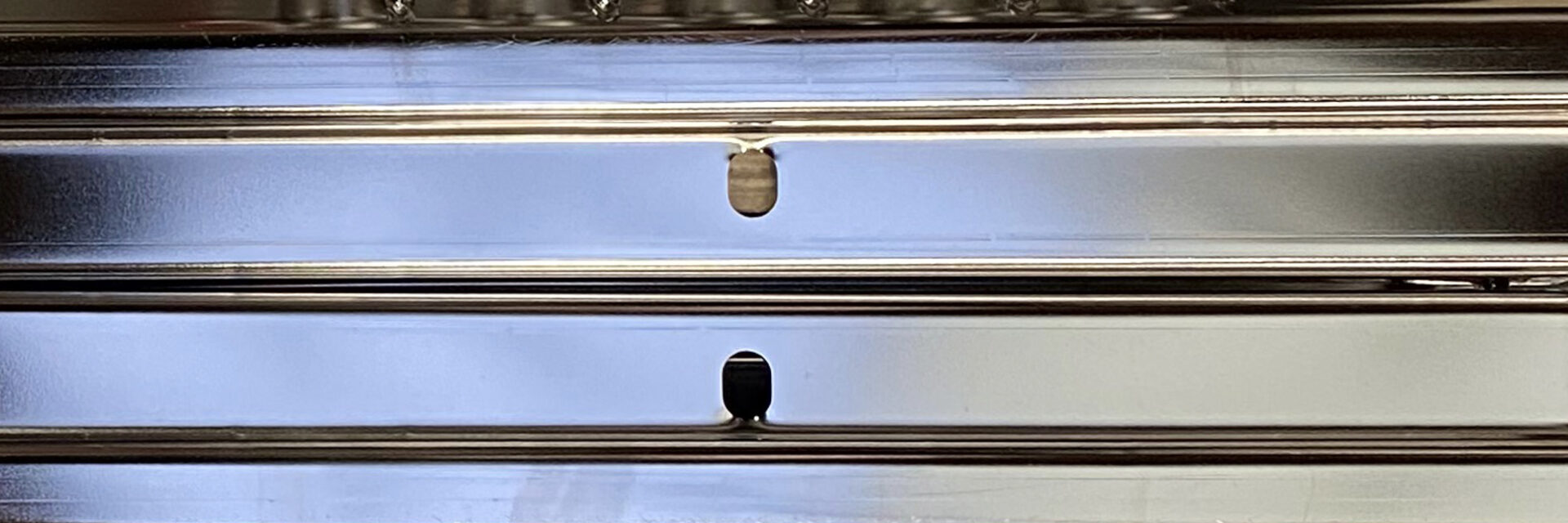Electropolishing
Electropolishing is mainly applied to stainless steel. Both austenitic and martensitic alloys can be electrolytically polished. A thin layer of material is dissolved during electropolishing. In this process, the ‘peaks’ of the substrate dissolve faster than the ‘valleys’, which means there is a levelling effect. The result is a smoother and more shiny surface.
Request a quote
Electropolishing of stainless steel has a number of important advantages. Because the iron in the surface layer of the product dissolves much faster than the nickel, enrichment of nickel in this layer takes place and the stainless steel becomes even more corrosion resistant. The higher nickel content also contributes to the brightness of the surface, but bear in mind that the brightness always depends on the roughness and composition of the base material.
During electropolishing, any impurities are dissolved from the surface, which becomes extremely passive. Compared to a mechanically polished surface, an electrolytically polished one is much cleaner and more passive. Mechanical polishing also embeds contaminants and iron grindings into the surface. Electropolishing, on the other hand, removes all contamination. Mechanically polished surfaces are jagged and spiky, while electrolytically polished ones display a smoother, slightly undulating texture. The electrolytically polished surface therefore has much better adhesion properties, and there is lower probability of bacterial growth in the pores. Less dirt or product adheres to it, making it easier to clean.
Because this is an electrolytic process, irregular current distribution across the product must be taken into account. The polishing effect will be less in corners and on inner sides unless auxiliary cathodes are used.
- Only stainless steel
- Top layer is dissolved, resulting in a smooth and high-shine surface
- Higher nickel and chromium content in the product surface
- Very clean and highly passive surface
- Excellent adhesion properties
- Low probability of bacterial growth
- Greatly enhanced corrosion resistance
- Inner sides of products can also be polished by using an auxiliary cathode

